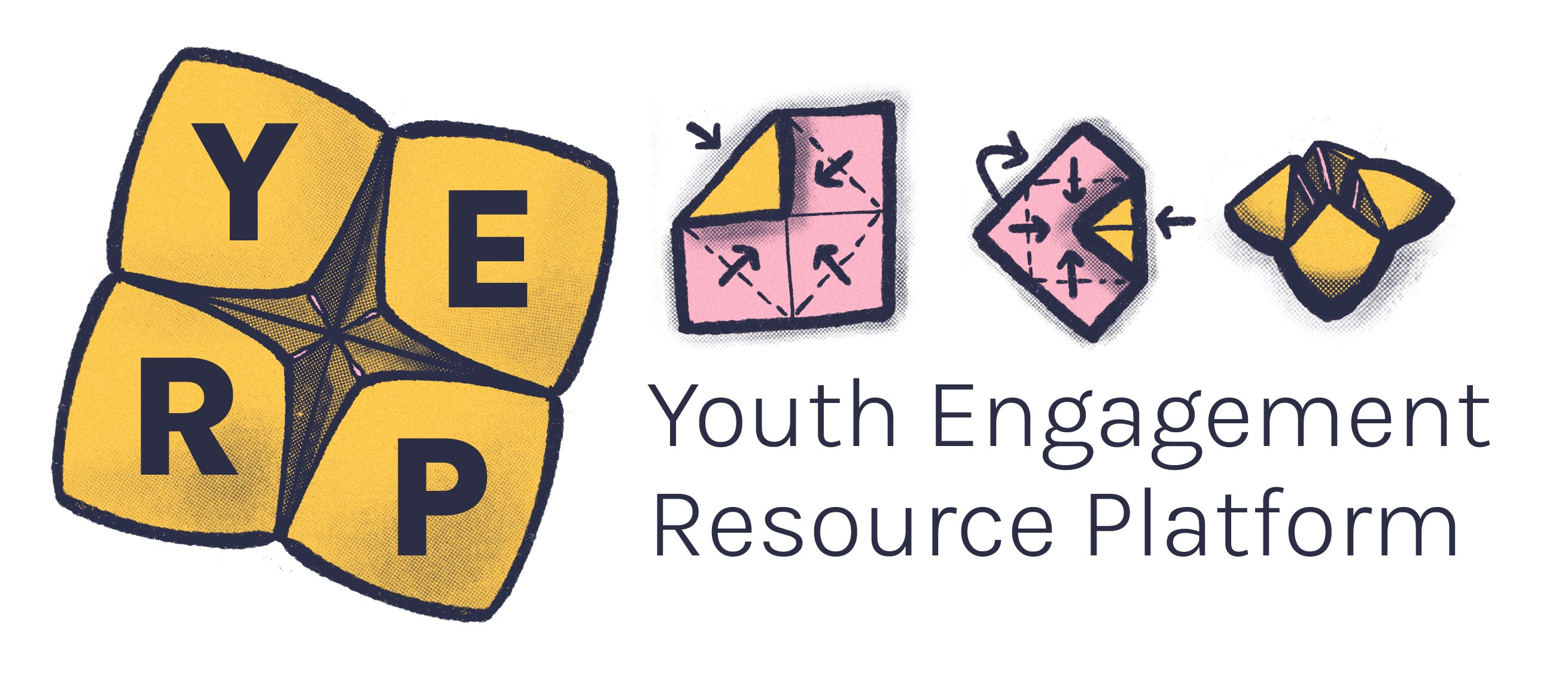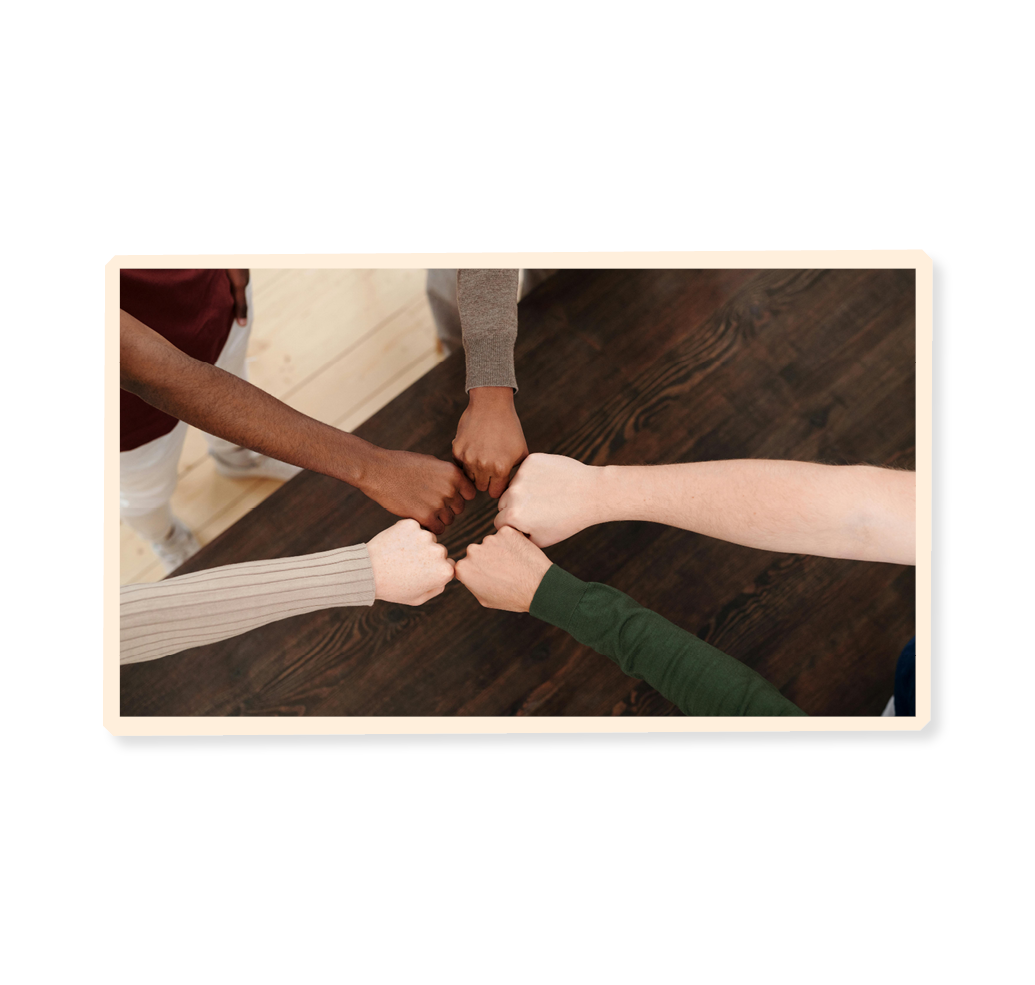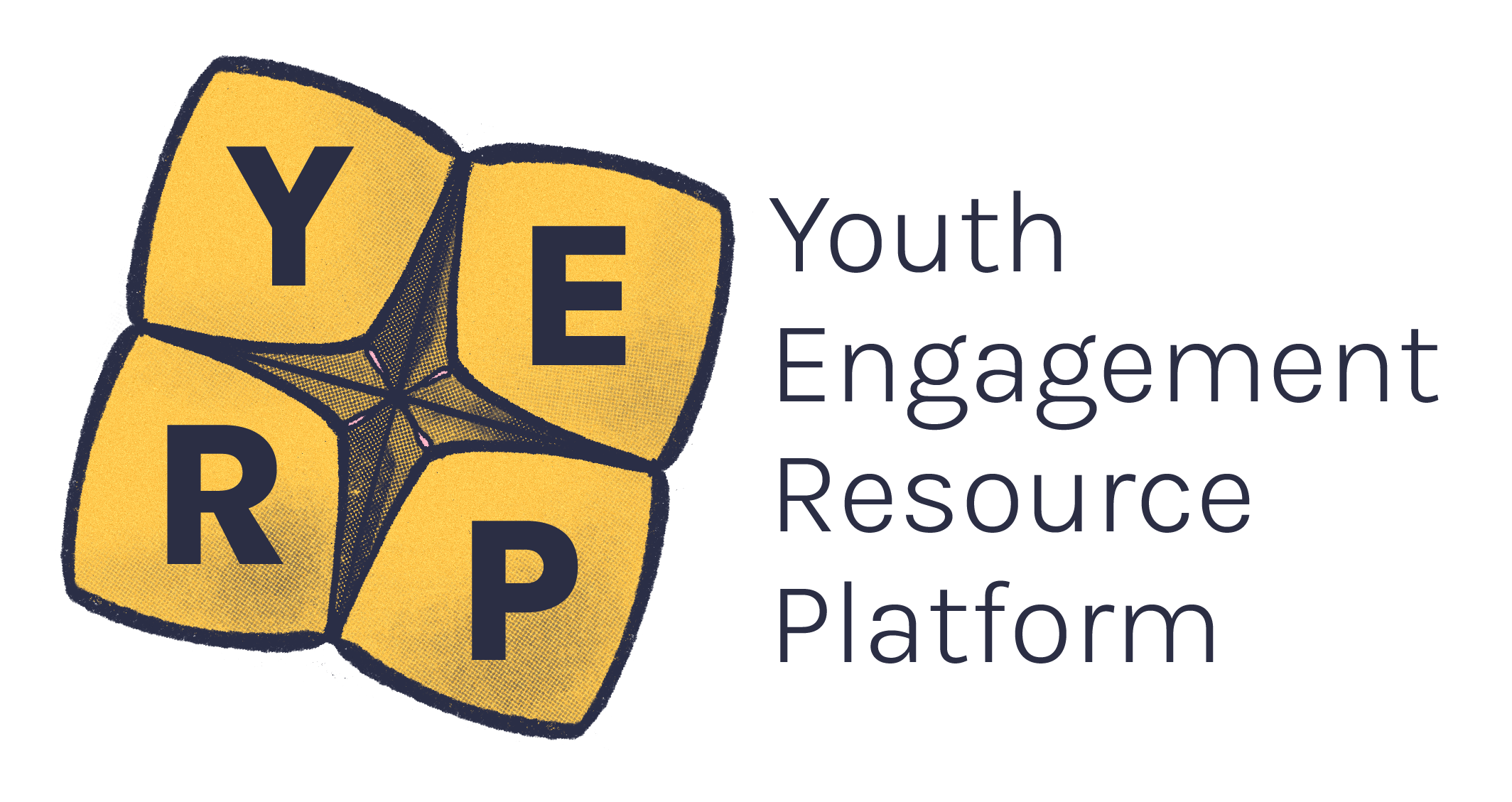Incorporating a strengths-based approach into your youth work practice can help build the confidence and capacity of the young people you work with, as well as support their emotional well-being.
Strength-based practice is centered around empowering a young person to overcome or manage the challenges they face by using and developing their existing internal resources.
This approach:1
- Focuses on a young person’s existing skills and capabilities rather than fixating on deficits or what they cannot do.
- Recognises that young people are capable of growth, learning and change, without minimising the problems, challenges or risks they might be facing.
- Involves re-framing a young person’s current way of coping as the best they can do at this point in time, without shaming or removing these mechanisms or defenses entirely.
- Aims to investigate the skills and resilience a young person already possesses that can be built upon to develop more comfortable and sustainable ways of coping in the future.
Strengths-based practice is also...
Client led
Young people identify their own goals and areas they would like to focus on.2
Collaborative
Young people are seen as the experts in their own lives, the youth worker is there to support this.2
Tailored to each individual and their circumstances
Each person will have different experiences and needs. Strengths-based practice is not a one-size-fits-all.2
Context-based
Workers understand the socio-economic, geographical and political contexts in which young people live and the impact that Not having access to resources that impact living standards and quality of life. For example: essential goods and services, barriers to things like healthcare and educationmaterial disadvantage and/or marginalisation can have on communities.
Not intended to ignore or spin challenging or harmful situations into a positive
The focus is on building A protective factor is something that reduces the likelihood of a negative impact happeningprotective factors rather than focusing on Something that increases the chance of a negative outcomerisk factors or deficits.2
A group of people working in a garden.
Illustration by Lily
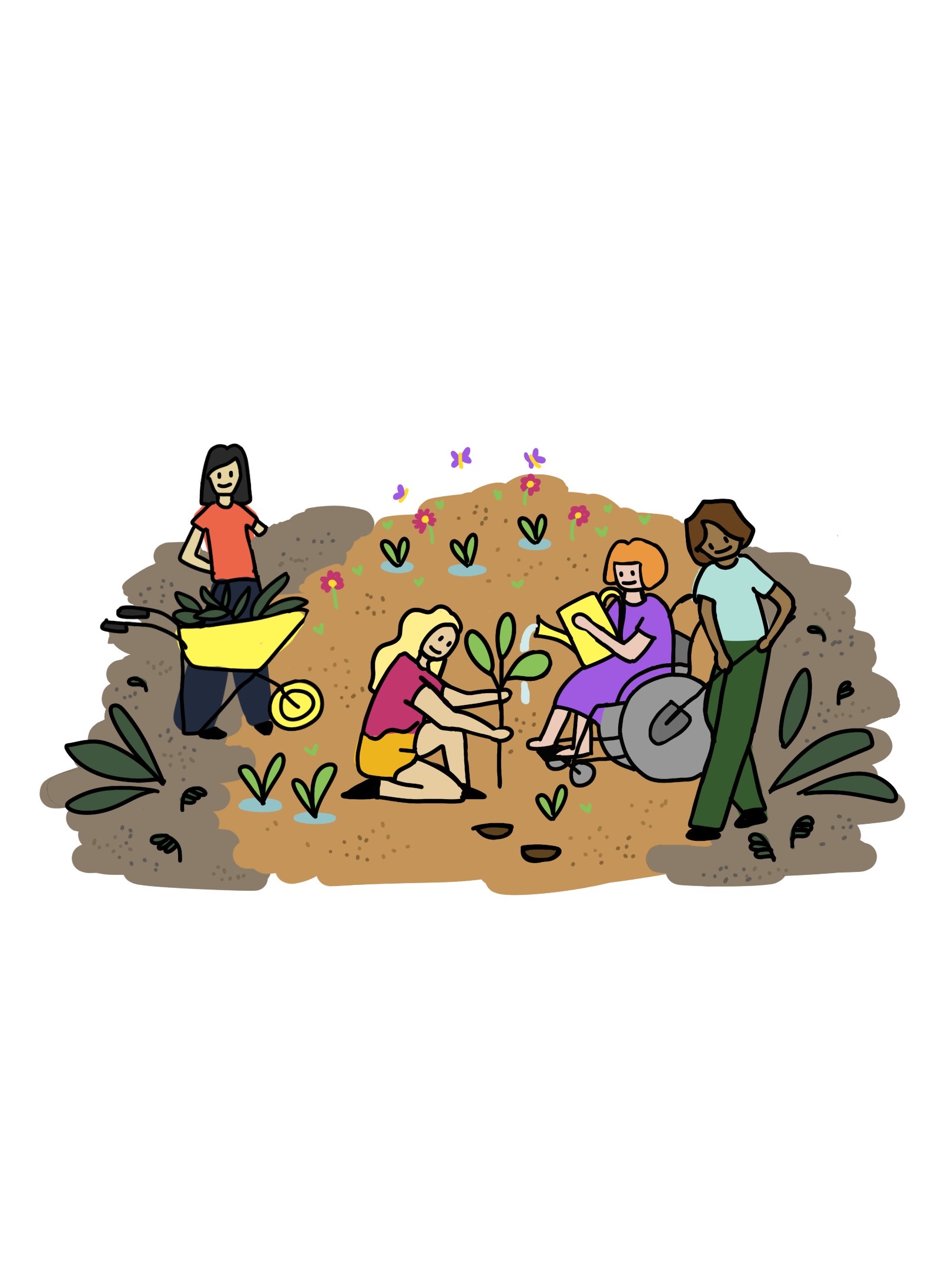
-[Kurin] Which one of us has a disability?
-[Freya] Which one of us uses mobility aids?
-[Ella] Sorry, are we doing this as a quiz?
-[Freya] I'm not quite sure if we should do it as a quiz.
-[Kurin] We both have a disability,
but not in the ways that you might think.
-[Freya] Disability is something that some people have.
Sometimes you can tell when someone has a disability,
and other times, you can't even tell
when someone has a disability.
-[Kurin] Yeah, exactly.
I mean, take, for example, mobility aids.
Some people use them all the time,
and some people are only using them some of the time.
For example, I hurt my knee, so I have to use a cane.
-[Freya] Or my wheelchair.
-[Ella] We make assumptions all the time,
but it can be a real problem
when we don't realise the impacts that they have.
-[Freya] Assumptions can be so draining.
When people ask, "What's wrong with you?
Why are you in a wheelchair?"
Or, "Why do you have a wheelchair?"
I don't go asking people why they have short hair.
-[Ella] It can be such an awkward and uncomfortable
and awful experience
when we feel like people are making these assumptions.
We have such a specific way of thinking about
how our bodies should be,
how they should work, and how they should look.
-[Kurin] Yeah, and that's because
society doesn't really view disability as a positive
but as a negative.
I mean, the problem isn't our bodies
or my cane or Freya's wheelchair.
The problem is that society is inaccessible sometimes.
-[Freya] The obvious one is my chair and steps.
It can also be not having captions in videos,
bright lights, really loud sounds.
It can be uncomfortable and frightening.
-[Ella] Mm-hmm, so making places more accessible
with ramps is one thing,
but there's more than just mobility aids, right?
We need to focus on lighting.
We need to focus on noise, how things are to touch.
We experience the world with all of our senses.
-[Kurin] Yeah, exactly.
I mean, for example,
I can't be in rooms with bright lights or flashing lights,
and that's why I use these.
-[Freya] Or for me, after major surgery on my right leg,
I couldn't go back to school.
There was no ramps, no accessible lifts.
I had to go around the front of the school,
go down a steep slope,
go through the back of the playground,
go into the school gym,
and then go through the corridor
to get to a disabled toilet.
-[Ella] So how long did it take
for the school to make the necessary changes?
-[Freya] Months.
-[Ella] That's just not right.
-[Kurin] Completely unfair.
-[Freya] It made me feel embarrassed, uncomfortable.
I didn't wanna be seen by people
because I knew people would judge me.
It's about making sure you find the baseline,
where people with disabilities
don't have to work extra hard.
-[Kurin] Exactly, and everyone should be able to access places,
like schools, shops, libraries, even parties and gigs,
and all other kinds of places.
-[Ella] So we need to make sure
that people can get where they need to go and be included.
-[Kurin] Yeah, and I guess the first step we can all take
is just checking our assumptions.
I mean, if we don't assume that everyone can get into
that room or read that sign
or see the board, then we start thinking of ways
that we can actually make a space more accessible.
Freya, Kurin and Ella challenge our assumptions and the way we think about disability. They teach us that disability is all about how and who the world is designed for. Together they discuss how disability is diverse, why body positivity matters, how we can create access for many people, and ways we can be inclusive beyond just physical access.
1. Understand your role
Your role is to empower the young person to identify the solutions that are right for them.
When care providers or organisations act as experts on resolving challenges faced by young people, there is a risk of denying and limiting opportunities to explore what strengths and capacities a young person might have in the process of exploring, taking control, and learning.2
2. Listen
Active listening without judgement is crucial to this process. Using counselling micro skills such as repeating what the young person has told you to check that you have understood and heard correctly is useful here.3
Be aware of personal bias when developing an understanding of the young person’s situation. Consider the resources and supports that may or may not have been available to them throughout their life. Focus on understanding challenges within the context of each individual young person.3
3. Purposeful questions
Ask open-ended, curious questions that don't direct the young person to a particular answer.
These can be reflective, with the intention of investigating what has worked for the young person in the past, or help them think of a time when they utilised their skills to overcome a challenge.3
Examples of strengths-based questions:
- Is there anything that is working well for you at the moment?
- When things are going well in your life – tell me what is happening?
- Tell me about a time when you responded to a challenge in a way that made you feel really on top of things?
- Is there anything or anyone that inspires you? What’s it about them that inspires you?
- What are you most proud of in your life?
4. Notice strengths
Sometimes it may be difficult for a young person to see positive qualities or strengths without minimising the problems, challenges or risks they might be facing. They might also see certain traits as weaknesses.
Establishing a trusting relationship can allow workers to reflect back or reframe traits to help create a positive self-image, develop a sense of hopefulness, and build confidence.3
For example:
- Being shy is often seen as a negative trait, but their quiet character could also mean that the young person is a good listener and empathetic.
- Being anxious could be reframed as meaning that the young person cares and thinks deeply about things.
Consider what is true for the young person you're working with, and be specific about what you see in them. They may need support to identify their strengths.
A circular diagram of the flow of strength-based practice
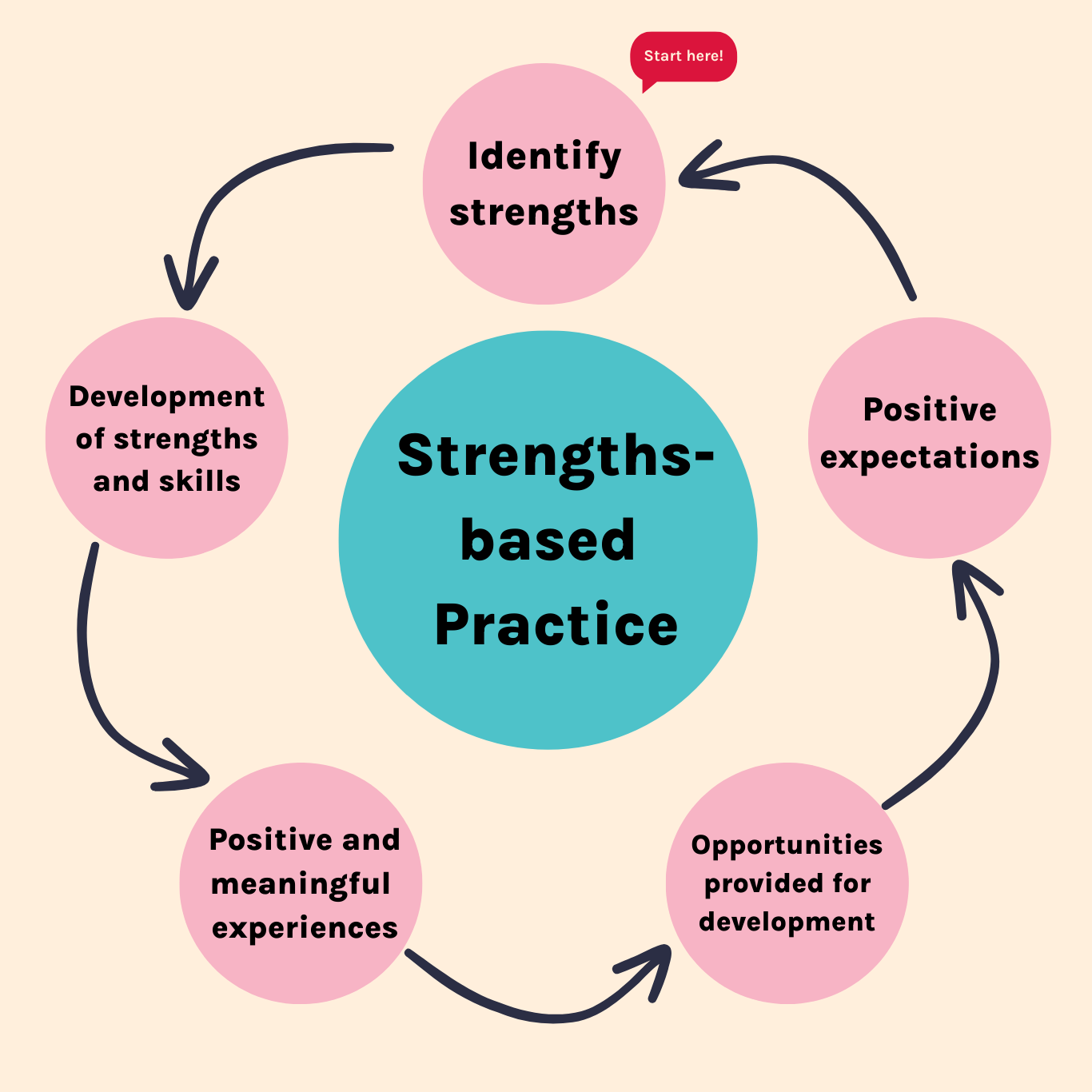
- Hammond, W., & Zimmerman, R. (2012). A Strengths-Based Perspective (pp. 1–20). Resiliency Initiatives. https://www.suicideinfo.ca/wp-content/uploads/gravity_forms/6-191a85f36ce9e20de2e2fa3869197735/2018/03/A-STRENGTH_BASED_PERSPECTIVE_oa.pdf
- Children and Family Intensive Support. (2022). Strengths-based Approaches (pp. 1–2) Department of Social Services . https://www.dss.gov.au/sites/default/files/documents/04_2022/cafis_1h_-_strengths-based_approaches.pdf
- Anglicare Victoria. (2021). Taking a strengths approach to working with young people. Innovative Resources. Anglicare Victoria. https://innovativeresources.org/taking-a-strengths-approach-to-working-with-young-people/
